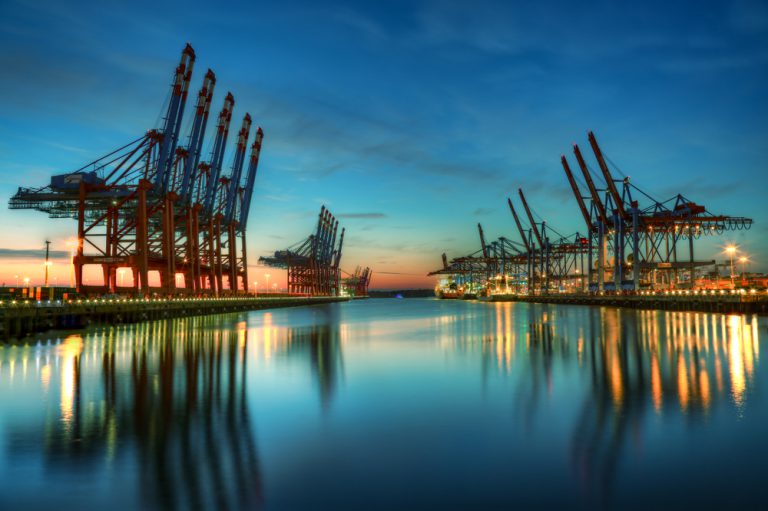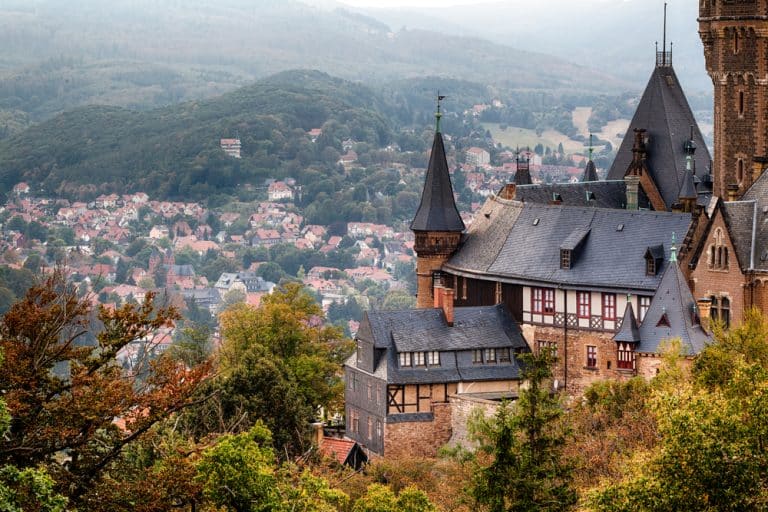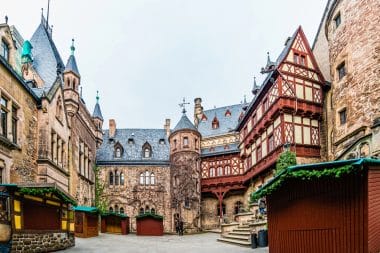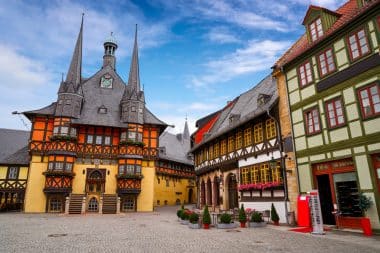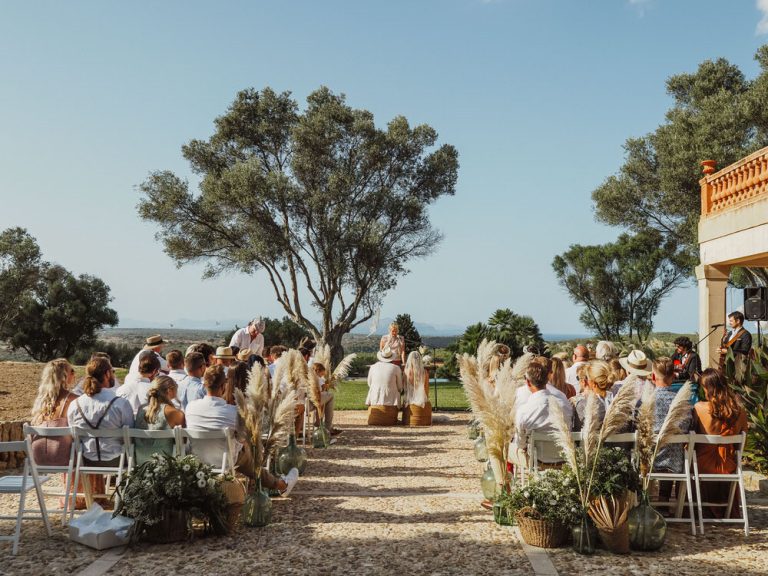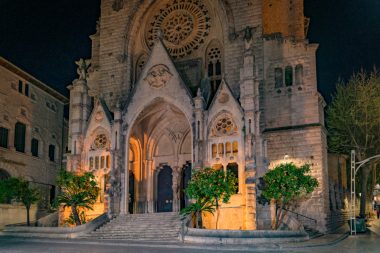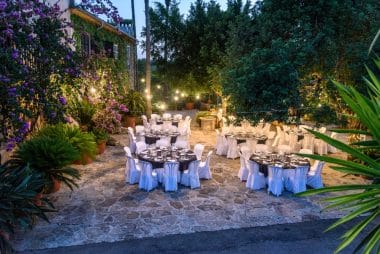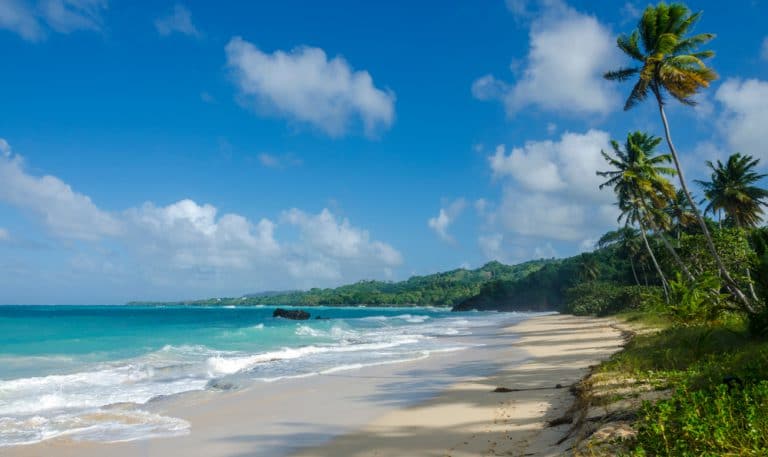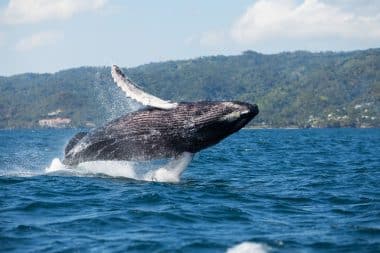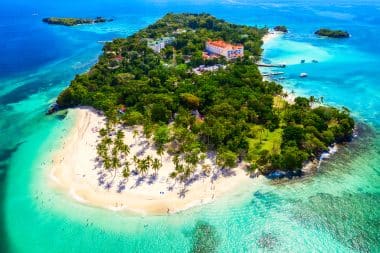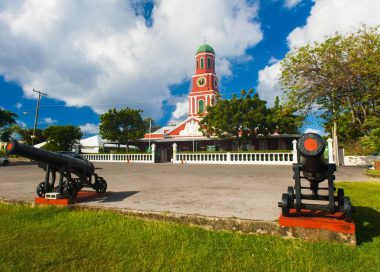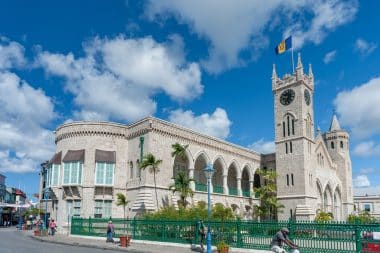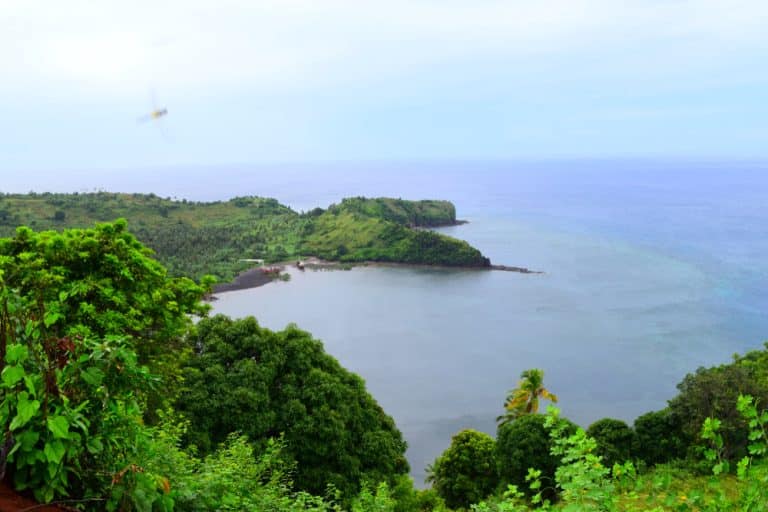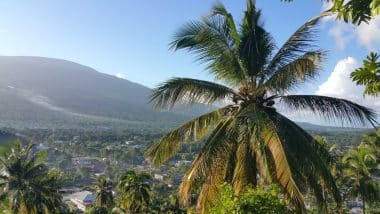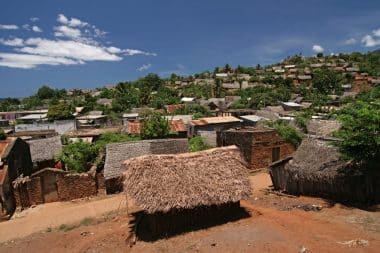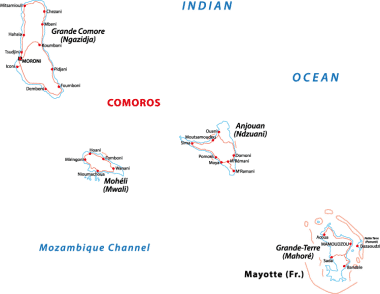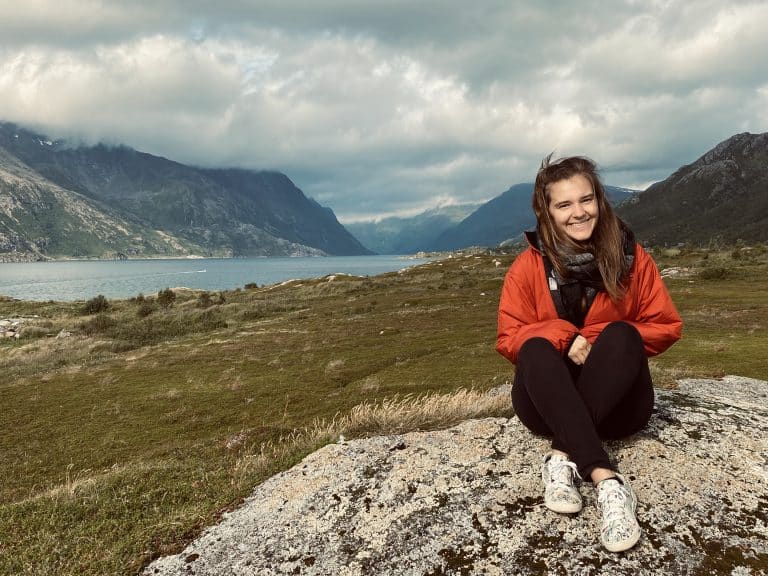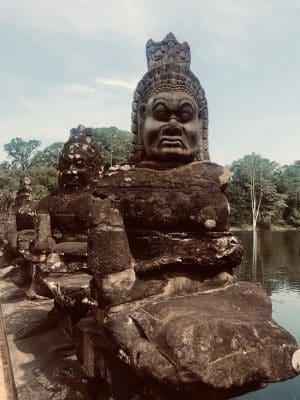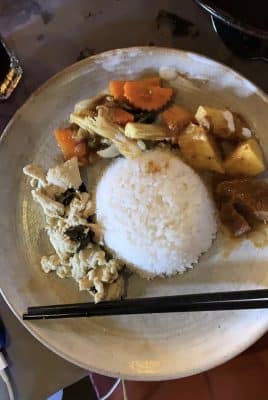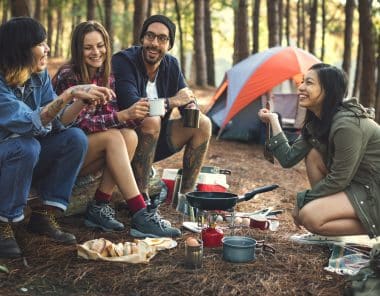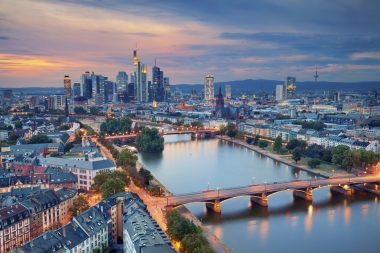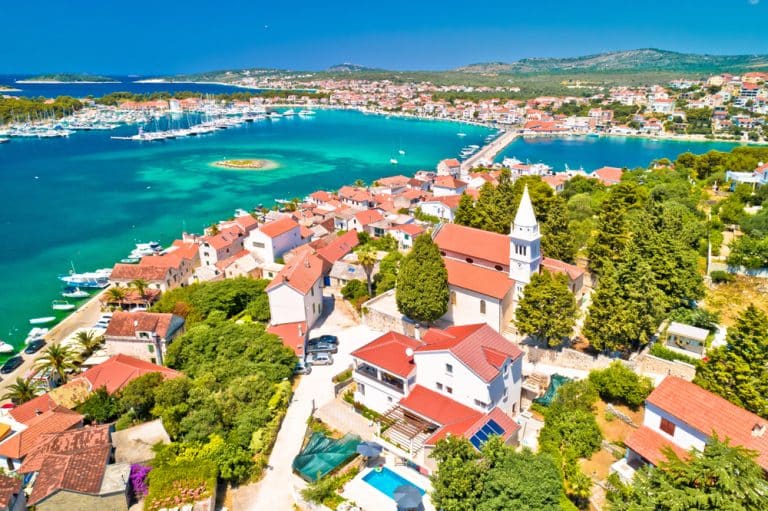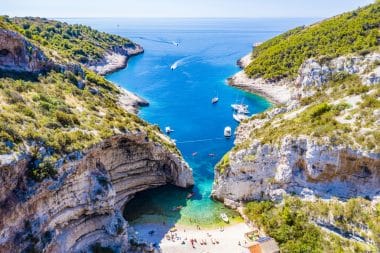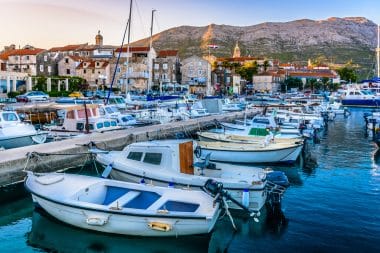Hamburg inspires with numerous sights, some of which have a long history. Several of these sights can even be explored free of charge, as
the interactive map “Hamburg for every budget”
shows. Other sights cost little, but there are also various destinations for the slightly larger budget. In any case, Hamburg is worth a trip, whether for a short break or a long weekend.
1. The largest warehouse ensemble in the world – the Speicherstadt
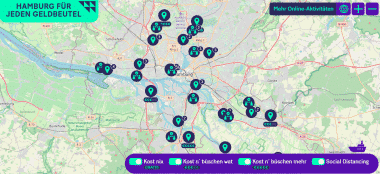
for every budget
The building complex of Hamburg’s Speicherstadt is a UNESCO World Heritage Site and houses various sights. When visiting the Speicherstadt, the International Maritime Museum, the German Customs Museum and the Speicherstadt Museum should be on the program. Coffee lovers should not miss the coffee roastery.
2. Hamburg in miniature – the Miniatur Wunderland
If you visit the Speicherstadt, you can plan a visit to the Miniatur Wunderland, which shows Hamburg on a scale of 1:87 and currently has an exhibition area of 1,500 square meters. There are various special exhibitions.
3. Karoviertel in St. Pauli
The Karoviertel in St. Pauli was once a poor district. Today, many restaurants, cafés and bars invite you to linger. There are also elegant boutiques.
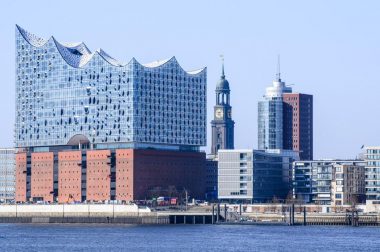
4. The Elbphilharmonie as a landmark
The Elbphilharmonie is a concert hall and the landmark of Hamburg. It was completed in 2016 and is characterized by good acoustics. Classical concerts are performed there as well as modern events. The Plaza offers an excellent view of the city as a connection between the glass façade and the old Kaiserspeicher.
5. Blankeneser Treppenviertel with 5,000 steps
The Blankenese Treppenviertel with its 5,000 steps requires a good level of fitness. It inspires with beautiful houses on the Elbe slope and winding alleys. The Süllberg is the highest elevation at 72 meters and offers a beautiful panoramic view of Hamburg.
6. Planten un Blomen as a spacious park
If you want to relax in nature, you can do so in the 47-hectare Planten un Blomen park with the moat and many small lakes. Several hours should be planned for a visit to the park with various gardens such as the Japanese Garden, Rose Garden and Botanical Garden.
7. Germany’s Most Visited Star Theatre: Hamburg Planetarium
The Hamburg Planetarium is the most visited star theatre in Germany and one of nine large planetariums. It is located in a former water tower and is one of the longest-serving star theatres in the world. The technology and the changing program are fascinating. The observation deck offers a beautiful view of the city.
8. A market with tradition: Hamburg Fish Market
If you want to watch and listen to real market criers praising their goods, you should get up early. The Hamburg fish market opens every Sunday from 05:00 a.m. to 09:30 a.m. At the traditional market hustle and bustle in Hamburg, not only fresh fish but also other goods are sold.
9. Alster and Alsterpark with many possibilities
The Hamburg Alster is divided into the Inner Alster and the Outer Alster. Around the Alster is the Alsterpark with many opportunities to discover or relax. A high-rise viaduct stretches across the Alster. The park offers many sunbathing areas, trees, and sculptures by various artists. If you want to see more of Hamburg from the water, you can opt for a trip by pedal boat or canoe.
10. The Old Elbe Tunnel in new splendour
A technical masterpiece is the Old Elbe Tunnel, which connects the Landungsbrücken under the Elbe with the port area in Steinwerder. It is car-free and can be explored by bike or on foot. It is open around the clock and shows various motifs on tiles. The tunnel was extensively renovated.


